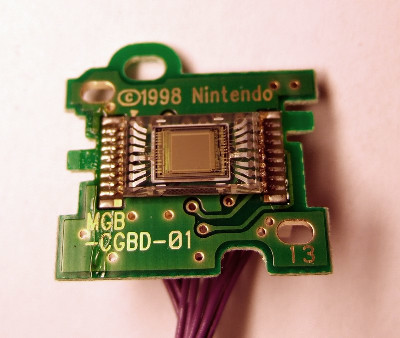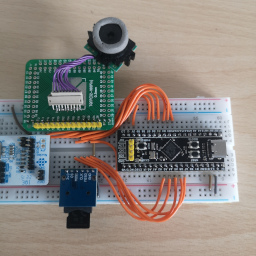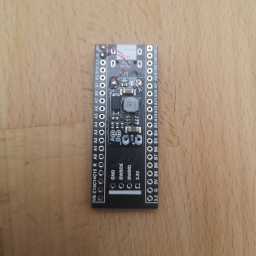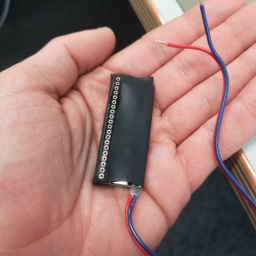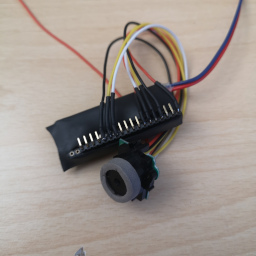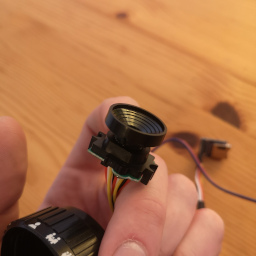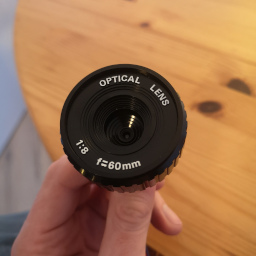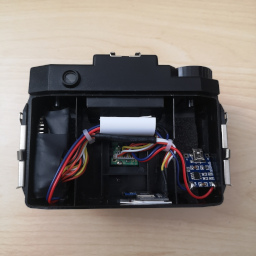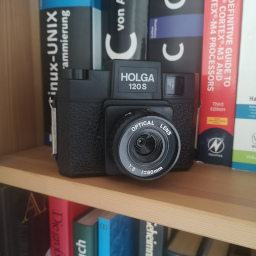Some time ago, an old friend reminded me of a project I had completely forgotten about, in which I made an analogue 35mm camera out of an empty stove matchbox. The resulting photos were nothing to write home about, but the fact that it worked at all felt good, and the mere mention of it by a friend more than ten years later proves that it left a lasting impression.
A lot has happened since then, my life has changed, my knowledge and skills have developed. Time for a follow-up project!
Before I show you the result, a few words about the terms used in the title.
Complementary metal–oxide–semiconductor (CMOS) technology is used for constructing integrated circuit (IC) chips, including microprocessors, microcontrollers, memory chips and other digital logic circuits. CMOS technology is also used for analog circuits such as image sensors.
The Holga is a medium format 120 film camera, made in Hong Kong, known for its low-fidelity aesthetic.
The Holga's low-cost construction and simple meniscus lens often yields pictures that display vignetting, blur, light leaks and other distortions. The camera's limitations have brought it a cult following among some photographers, and Holga photos have won awards and competitions in art and news photography.
As if using a Holga wasn't obscure enough, I decided to bring Nintendo into the mix. I dug out my old GameBoy Camera and removed its image sensor, the Mitsubishi M64282FP.
The Mitsubishi M64282FP is a 128×128 pixel CMOS image sensor with built-in image processing and analogue image output adjustment functions. It can capture an image and process it at the same time, just like the human retina.
I used an STM32F401 microcontroller board to read the image data and store the final images on an SD card via SPI. This was partly because I had some in stock and partly because I am familiar with the product family. I quickly got some useful results and was motivated to finish what I'd started.
Since the image sensor needs 5V input voltage, I helped with a step-up converter. The camera is powered by a LiPo battery and can be charged via USB using a TP4056 charging circuit. The logic levels of the STM32 are sufficient and do not need any level conversion.
In the end there was not much left of the Holga. The large lens was no use for the tiny image sensor, so I decided to adapt the optics from the GameBoy Camera. It was still a good choice. The Holga is very cheap and widely available, and the body is very light with plenty of room for the electronics.
I could certainly improve the firmware to output JPEGs directly instead of Portable Grey Map (PGM) files, but overall I am very happy with the result. The CMOS Holga is portable, super lightweight and produces quirky black and white images with a charm of their own. The camera has no display, no automatic exposure control and no adjustable focus – it just offers the raw basics of a simple point-and-shoot camera. No extras, no gimmicks – just what I had in mind.
Click on the images to view them in full resolution.
More to follow.
